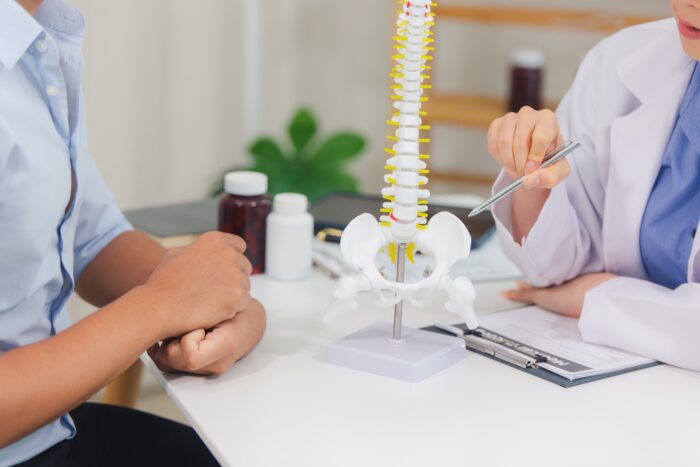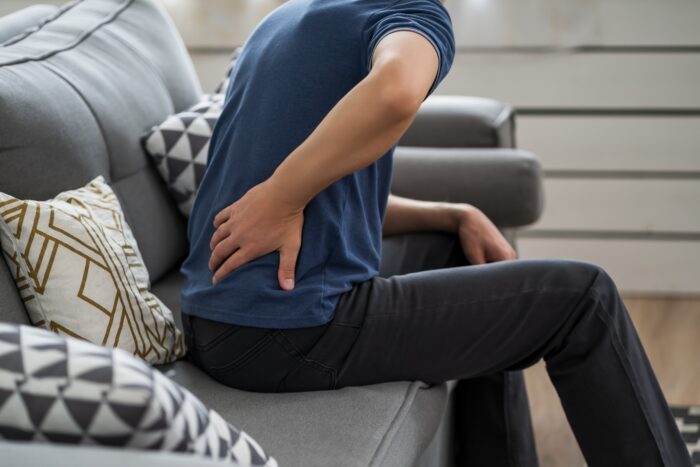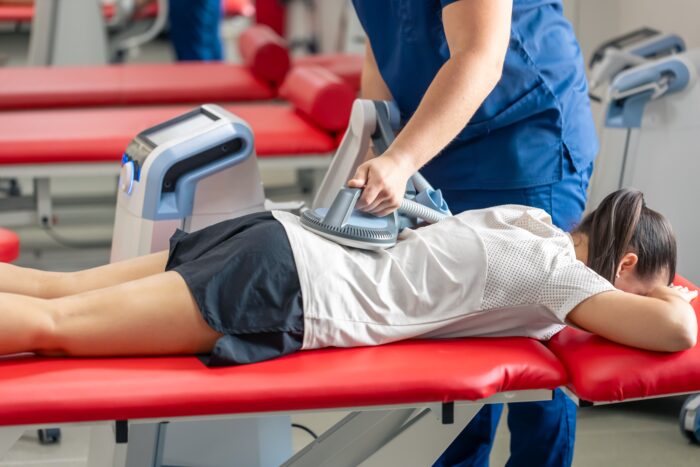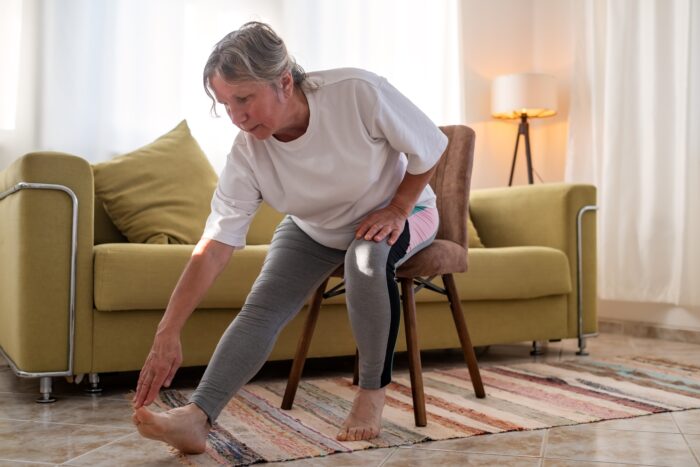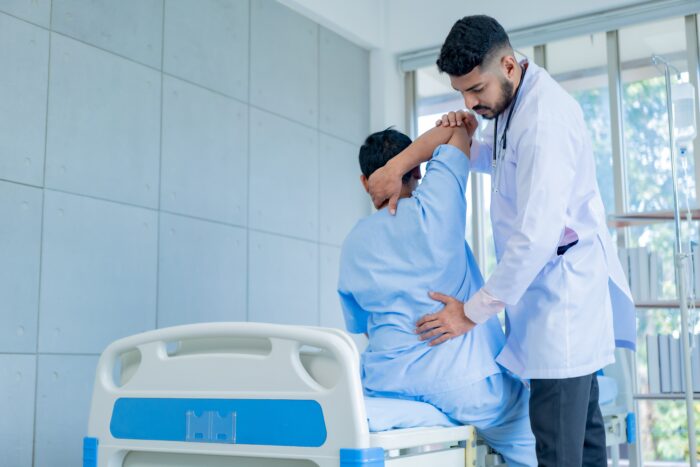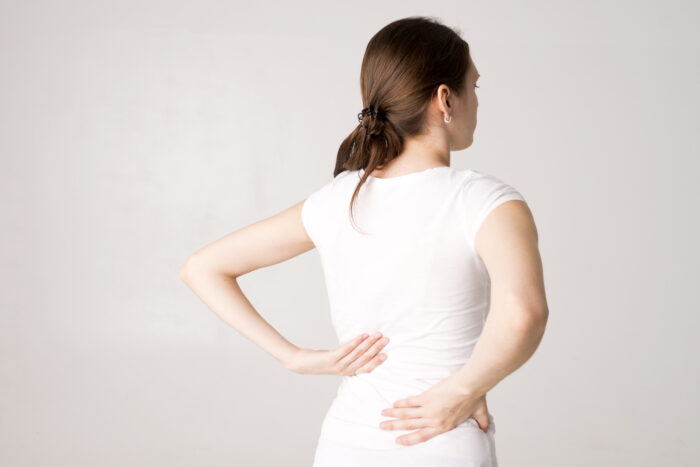Yes, vestibular therapy does work, and it is highly effective for many people experiencing dizziness, vertigo, imbalance, or other vestibular disorders. What Is Vestibular Therapy? Vestibular therapy, also known as vestibular rehabilitation therapy (VRT), is a specialized form of physical…
Back pain is one of the most common reasons people seek medical help, and two of the most popular treatment options are chiropractic care and physical therapy. While both focus on relieving pain and improving mobility, they take different approaches. So,…
Pain at the bottom of the spine near the buttocks can be uncomfortable, frustrating, & sometimes alarming. This type of pain is often referred to as coccyx pain or coccydynia. It’s a common condition that affects many people, especially those…
Most people begin to notice improvement within 2 to 4 weeks of starting physical therapy, depending on the severity of the pain, consistency of treatment, & their specific diagnosis. But full recovery may take anywhere from 4 to 12 weeks…
Lower back pain is a common concern for many seniors, often caused by age-related changes in the spine, reduced muscle strength, arthritis, or limited mobility. While rest might seem like the best solution, gentle, targeted exercises are one of the…
Physical therapy is considered the most commonly recommended and widely used therapy for lower back pain worldwide. It’s a non-invasive, personalized approach that focuses on treating both the symptoms and root causes of pain. Doctors, orthopedic specialists, and chiropractors frequently…
When you’re dealing with lower back pain or simply want to prevent it, exercise can be both a solution and a concern. The right movements can strengthen the muscles that support your spine, while the wrong ones can make things…
Most people start to feel noticeable improvement within 2 to 4 weeks of beginning physical therapy. A full course of treatment typically lasts between 4 to 8 weeks, with 1 to 3 sessions per week. The total duration can vary…
Lower back pain is a common issue that affects people of all ages. Even if it’s caused by poor posture, muscle imbalances, or a sedentary lifestyle, one of the most effective ways to manage and prevent lower back pain is…

